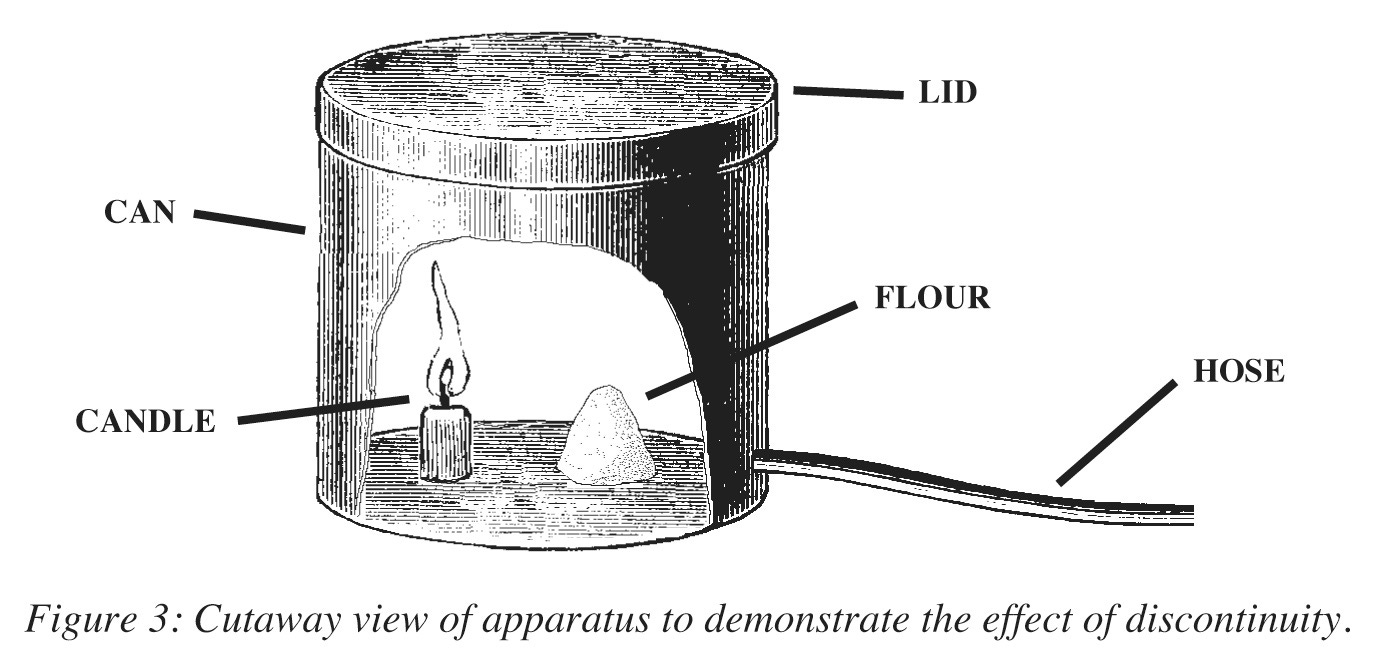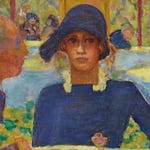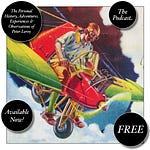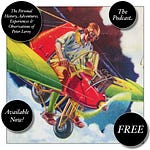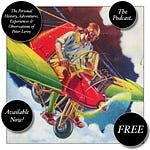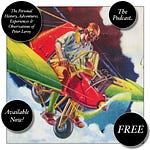11
I ARRIVED IN GENERAL SCIENCE the following Monday expecting the next step in the development of our questions and group work. I’m sure we all expected that. We expected continuity. Continuity was what we had been taught to expect, and we had learned the lesson, we had come to expect continuity, and we planned our little lives accordingly—do the next thing, that was our motto—but discontinuity was Miss Rheingold’s style. Instead of having us work on our papers she showed us a movie.
Discontinuity can have a powerfully disturbing effect on the young mind, as a simple experiment demonstrates. (Caution: This experiment can be dangerous. For one thing, Step 1 can get you into some trouble, so it’s a good idea to prepare in advance a little speech on the value of science education and the experimental method.) You will need a candle, some fine white flour, a sharp knife, a metal punch or tin snips, a garden hose or other long rubber tube, and a large can with a lid. The best type of can is one in which potato chips are sold to institutions, such as the Purlieu Street School.
1. Use the knife to cut the fitting from one end of the garden hose.
2. With the tin snips or metal punch, make a hole in the side of the can, as close as possible to the bottom, just large enough to allow you to insert the end of the hose that no longer has a fitting. Extend the hose an inch or two into the can.
3. Light the candle, and use dripping candle wax to seal the hose in the hole. Extend the hose to its full length, placing its other end as far from the can as possible. This step is important. You will be at that end of the hose. Read on, and you will soon understand why you want your end to be as far from the can as possible.
4. Inside the can, drip some more wax onto the bottom, roughly opposite the hose. Blow the candle out, and stand it in its own drippings. Hold it in position until it is firmly seated.
5. Put a handful of flour just in front of the hose opening and shape it into a nice little conical heap.
6. Light the candle and place the lid on the can. Do not press it into place tightly; just rest it on top of the can, but without leaving gaps. (See Figure 3.)
7. Walk to the far end of the hose, take a deep breath, and blow into the hose as suddenly and forcefully as you can.
If you have followed these directions carefully, your puff of breath will scatter the cone of flour into a zillion minuscule particles discontinuously distributed in the air within the can, the candle flame will ignite the first few particles that come within its range, the heat of their sudden ignition will ignite others, and so on, and before you can say, “Now I see the unsettling effect discontinuity can have on a kid,” the can will flip its lid with a rewarding foom!
[to be continued]
In Topical Guide 592, Mark Dorset considers Advice: Good, Bad, Indifferent, Who Knows? and Allusion, Quotation from this episode.
Have you missed an episode or two or several?
You can begin reading at the beginning or you can catch up by visiting the archive or consulting the index to the Topical Guide. The Substack serialization of Little Follies begins here; Herb ’n’ Lorna begins here; Reservations Recommended begins here; Where Do You Stop? begins here.
You can listen to the episodes on the Personal History podcast. Begin at the beginning or scroll through the episodes to find what you’ve missed. The Substack podcast reading of Little Follies begins here; Herb ’n’ Lorna begins here; Reservations Recommended begins here; Where Do You Stop? begins here.
You can listen to “My Mother Takes a Tumble” and “Do Clams Bite?” complete and uninterrupted as audiobooks through YouTube.
You can ensure that you never miss a future issue by getting a free subscription. (You can help support the work by choosing a paid subscription instead.)
At Apple Books you can download free eBooks of Little Follies, Herb ’n’ Lorna, and Reservations Recommended.
You’ll find overviews of the entire work in An Introduction to The Personal History, Adventures, Experiences & Observations of Peter Leroy (a pdf document) and at Encyclopedia.com.




